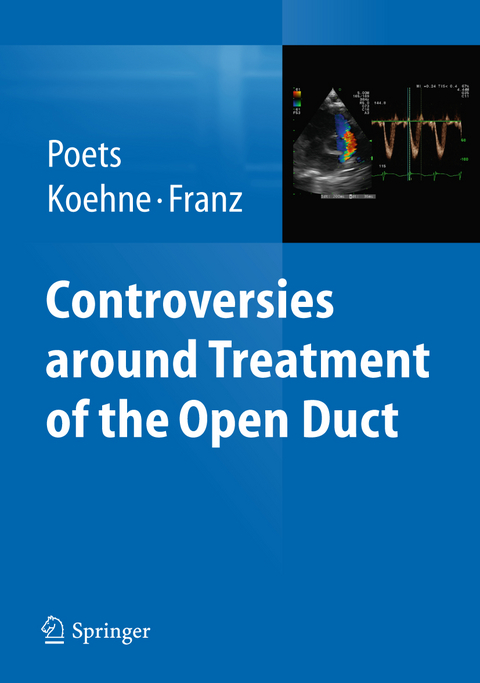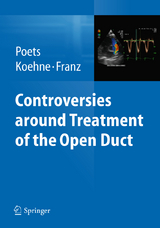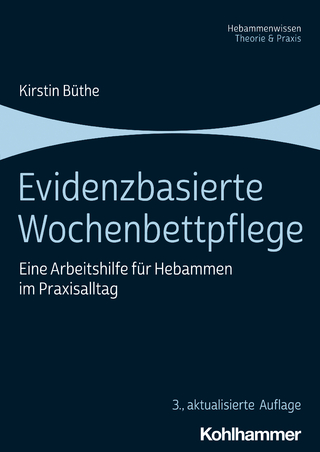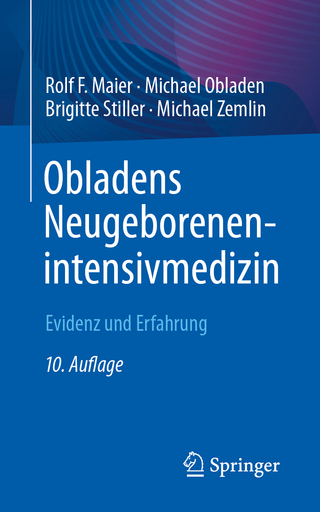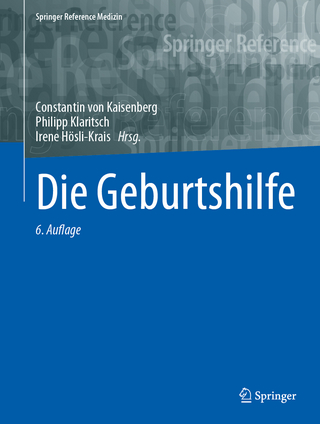Controversies around treatment of the open duct
Seiten
2011
|
2011
Springer Berlin (Verlag)
978-3-642-20622-1 (ISBN)
Springer Berlin (Verlag)
978-3-642-20622-1 (ISBN)
The patent ductus arteriosus poses a considerable challenge to clinicians and scientists alike. This book, intended for neonatologists, pediatric cardiologists and researchers, confronts these challenges and delivers some answers based on current evidence.
The patent ductus arteriosus continues to pose a considerable challenge to clinicians and scientists alike. Why does it close spontaneously in most infants but remain open in others? How best can we select those infants who are most likely to benefit from treatment, i.e. are there echocardiographic criteria that would help in defining a more selective treatment approach? Would it be better to take an aggressive approach and prescribe prophylactic treatment to all extremely immature infants and if so, what is the best way to define such a subgroup? Or should we be more restrictive in defining treatment indications and adopt a 'wait and see' policy in most, if not all, premature infants? Finally, are there data to suggest that one of the treatment approaches that are available to close the patent ductus arteriosus is superior to the other? This book deals with these questions and tries to give some answers, based on the evidence currently available. It is intended for neonatologists, pediatric cardiologists and researchers.
The patent ductus arteriosus continues to pose a considerable challenge to clinicians and scientists alike. Why does it close spontaneously in most infants but remain open in others? How best can we select those infants who are most likely to benefit from treatment, i.e. are there echocardiographic criteria that would help in defining a more selective treatment approach? Would it be better to take an aggressive approach and prescribe prophylactic treatment to all extremely immature infants and if so, what is the best way to define such a subgroup? Or should we be more restrictive in defining treatment indications and adopt a 'wait and see' policy in most, if not all, premature infants? Finally, are there data to suggest that one of the treatment approaches that are available to close the patent ductus arteriosus is superior to the other? This book deals with these questions and tries to give some answers, based on the evidence currently available. It is intended for neonatologists, pediatric cardiologists and researchers.
| Erscheint lt. Verlag | 25.7.2011 |
|---|---|
| Zusatzinfo | 200 p. 70 illus. in color. |
| Verlagsort | Berlin |
| Sprache | englisch |
| Gewicht | 210 g |
| Themenwelt | Medizin / Pharmazie ► Allgemeines / Lexika |
| Medizin / Pharmazie ► Gesundheitsfachberufe ► Hebamme / Entbindungspfleger | |
| Medizin / Pharmazie ► Medizinische Fachgebiete ► Gynäkologie / Geburtshilfe | |
| Medizin / Pharmazie ► Medizinische Fachgebiete ► Pädiatrie | |
| ISBN-10 | 3-642-20622-0 / 3642206220 |
| ISBN-13 | 978-3-642-20622-1 / 9783642206221 |
| Zustand | Neuware |
| Haben Sie eine Frage zum Produkt? |
Mehr entdecken
aus dem Bereich
aus dem Bereich
eine Arbeitshilfe für Hebammen im Praxisalltag
Buch | Softcover (2023)
Kohlhammer (Verlag)
42,00 €
Evidenz und Erfahrung
Buch | Softcover (2024)
Springer (Verlag)
49,99 €
